GravelCracker (The Classic)
Caution! We do not provide turn-by-turn directions in our GPX files. Those are auto-generated by your bike computer and are usually less than 70% accurate. Learn more.
For help loading a GPX file onto your bike computer, go here.
DownloadHighlights & Remarkable Spots
Black Butte / ~ Miles 9 to 15
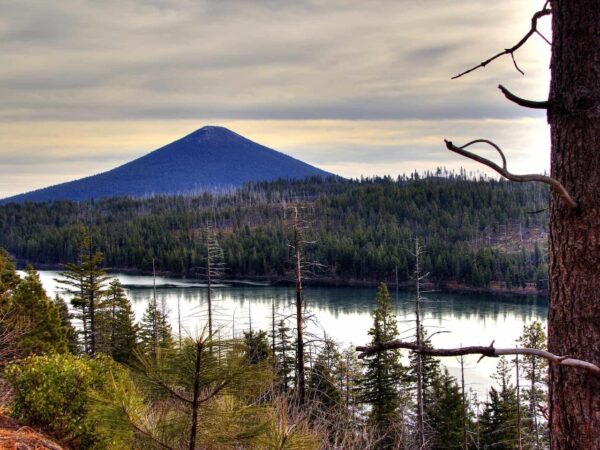
“As you drive toward the flats of Central Oregon toward this symmetrical volcano, you might well wonder why it erupted here. The more famous High Cascades peaks formed along a fault that has been leaking lava for millions of years. But Black Butte grew along a different, parallel crack to the east. This fault also uplifted Green Ridge’s scarp to the north, leaving the Metolius Valley as a long trough. Black Butte began to erupt quite recently, perhaps only 20,000 years ago. It quickly built up a 3,000-foot pile of cinders, one of the tallest such cones in the state. The eruption also buried the Metolius River, creating Black Butte Ranch’s swampy meadows on one side of the mountain and Metolius Springs on the other, where the river now emerges.” [Oregon.com]
Metolius River / ~ Miles 17 - 18
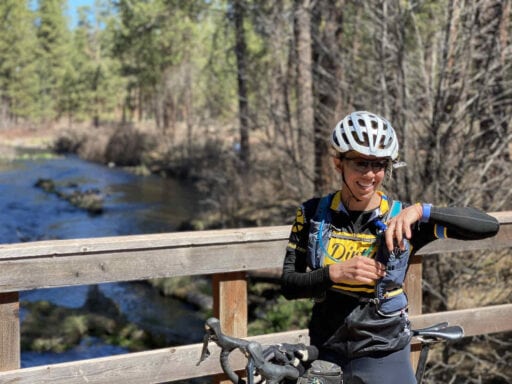
You’ll cross the spectacular and unique Metolius river at around mile 19.3. “Nationally renowned for its amazingly clear and cold water and fabulous fly fishing, the river basin also provides outstandingly remarkable geology, scenery, botanical, cultural and historic values. As it flows through memorable stands of old growth ponderosa pine it is as cherished by the thousands who visit it annually from across the nation as it is by the Native Americans who share in the traditions and administration of this rare resource.” [National Wild and Scenic Rivers System]
Camp Sherman / ~ Mile 18

When was the last time you shopped in a general store that’s been operating for over 100 years? Now’s your chance! Camp Sherman “came about in the early 1900’s, when wheat farmers from Sherman County sought out the land as a refuge from the intense summers. They found the river refreshing and relaxing. They nailed up a sign – made from a shoe box top – designating the area as Camp Sherman.” [AllBendOregon.com]
Lake Creek / Miles 20 to 22
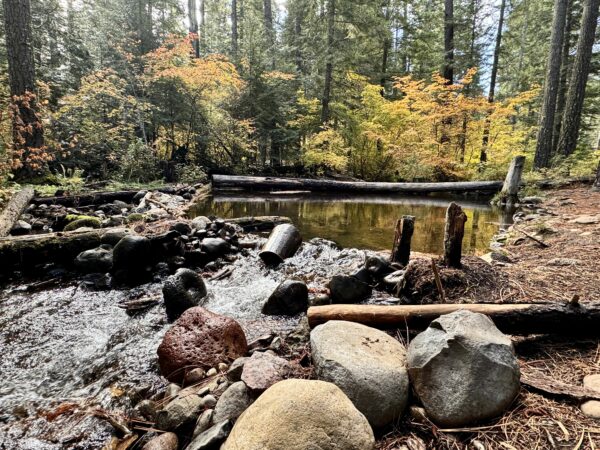
Lake Creek currently provides spawning habitat for native redband trout and nesting habitat for a wide range of neotropical songbirds. Lake Creek is also an important part of current efforts to reintroduce spring chinook and sockeye salmon to the upper Deschutes Basin. Historically, a significant proportion of Metolius River spring chinook spawned in Lake Creek, and one of Oregon’s two native sockeye salmon runs migrated through Lake Creek to Suttle Lake. Give a listen to our podcast on the preservation of Lake Creek.
Suttle Lake / ~ Mile 23
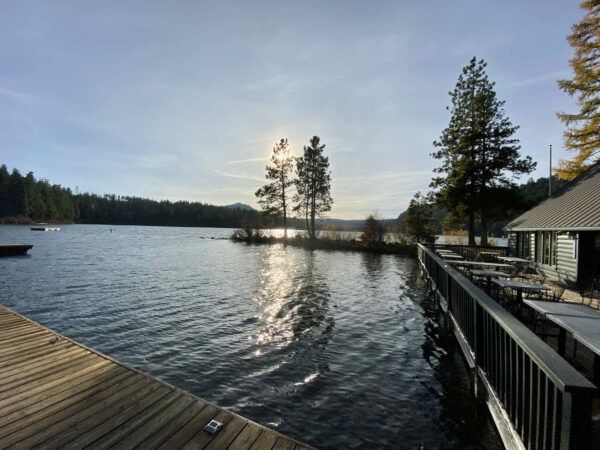
“Bound on all sides by mixed conifer forest, the lake is deep and clear. The west end is best for seeing waterfowl because it’s sheltered from the prevailing wind. Link Creek, which empties into Suttle Lake, is shallow and clear enough to view spawning fish. Yellow, orange, or red hues from vine maple proclaim the arrival of autumn in September or October. The lake was formed from a terminal moraine, which was deposited by glacial ice about 25,000 years ago … The lake covers an area of 253 acres. The average depth of the lake is 44 feet with a maximum depth of 75 feet. The lake has an excellent population of naturally reproducing kokanee, plus brown trout, whitefish, and crayfish.” [Deschutes National Forest]
Black Butte Ranch / ~ Mile 30
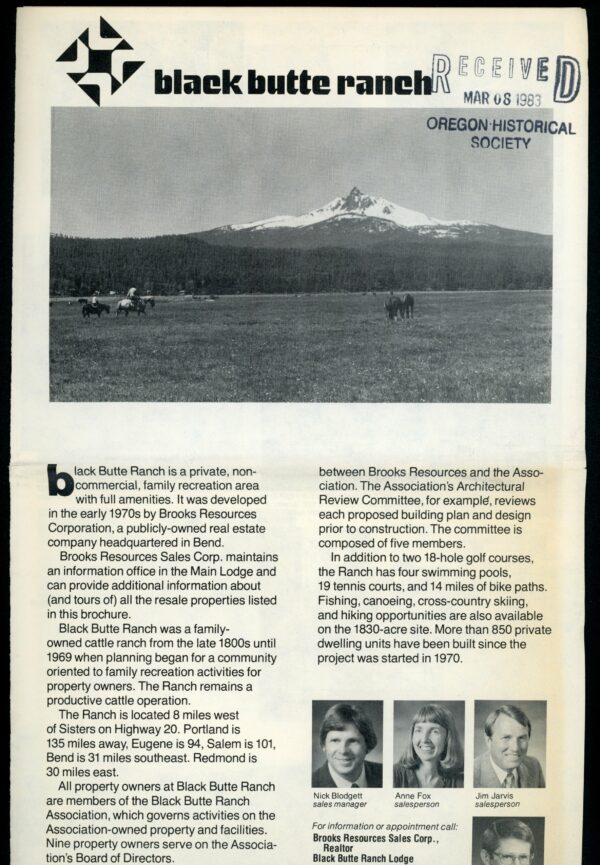
The land now occupied by the Black Butte Ranch resort was an operating horse and cattle ranch as early as the 1880s. Once a thriving lumber town, Sisters fell into decline with the closure of the lumber mills in the 1960s. Brooks Resources, having purchased the ranch land in 1969, saw an opportunity to create a resort that would spur Sisters’ local economy through tourism. When they “began developing the Ranch, they offered merchants in Sisters $5,000 and free architectural help to create a ‘theme’ look to the town. The Sisters planning commission adopted an 1880s theme, which improved the town’s attractiveness and returned it to its original roots.” The homeowner’s association now owns and manages the property which includes golf courses, tennis courts, swimming pools, restaurants, and a general store. [Black Butte Ranch]
GW Fire of 2007 / ~ Mile 31.5

Over Labor Day weekend of 2007, 1,000 residents of Black Butte Ranch were evacuated and their homes threatened by a wildfire that ultimately was extinguished safely. “The GW Fire was stopped only a 1/2 mile west of Black Butte Ranch, thanks, in part, to a fuels treatment designed to restore a ponderosa pine stand and reduce the threat of wildfire in the wildland urban interface. Over the course of several years, fuels specialists from the Deschutes National Forest thinned and burned the area just west of Black Butte Ranch, creating a healthier stand of trees and a more open site that was less capable of supporting a crown fire.” [US Forest Service]
Historic McKenzie Highway / Miles 36.5 to 42 (finish)
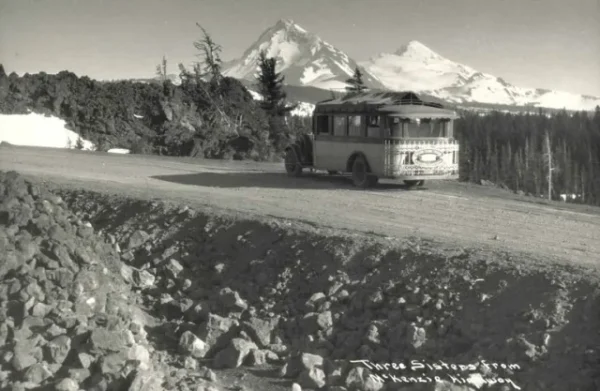
The McKenzie Highway was originally built with private funds in the 1870s as a wagon toll road. The section between the towns of Blue River in Lane County and Sisters in Deschutes County (which includes the project area) became a Forest Road in 1919. The road was relocated and widened in 1920, graded and surfaced between 1920 and 1924, and became an Oregon State Highway in 1925.
The McKenzie Pass Highway became a seasonal scenic highway in 1962 with the building of the new Highway 126 cresting Santian Pass. Even during its tenure as the main route between the southern Willamette Valley and Central Oregon, the narrow, twisting roadway and high elevation (5,325 feet) made the highway too difficult to maintain and keep clear during the winter months.
Credits & Acknowledgements
This ride guide was funded in part by a grant from the Deschutes Trails Coalition.

When We Like to Ride This
This is a “go-to” route for local riders. It rides well from early spring to mid summer and then again in late fall. In summer when it is dry and hot you can expect dusty and loose conditions along the way and deep moon dust (2 to 6 inches) on GravelCracker hill (~ miles 31 to 32). In general, it is a fantastic ride but for us, the mountain views always seem better when the peaks are snow-covered.
Terrain & Riding
The ride begins with a ~ 9-mile single-track sector that winds its way among grasses, a few dirt roads, and some big red Ponderosa trees. This sector has some of the best drop bar singletrack in the area: flat, fast, firm, and with zero technical features. At mile 7.5, the navigation is a bit tricky. Follow the track closely on your GPS device. If you make a wrong turn or miss a turn, it will become obvious very quickly. The route follows along the campground’s southern edge, crosses a wooden bridge over a small creek, and then meets up with Indian Ford Road (paved) which you will cross.
Miles 9 to 15 are happy face fun! A mostly rolling dirt road with some technical features and broken but stunning views of the Three Sisters, Mt. Washington, Three-Fingered Jack, and Mt Jefferson. You’ll ride cinder and gravel roads as you follow the Metolius river and head into Camp Sherman where you can enjoy cold drinks, sandwiches, and ice cream. You’ll hop on some pavement (a little) and singletrack (mostly) between miles 18 and 23, you’ll head slightly uphill with the steepest incline near the end. Around this area, there are a couple of tricky turns. Again, a wrong turn quickly becomes obvious and is easy to recover from. In general, stay left and do cross under the highway alongside the creek. At mile 23.5 cross Lake Creek, catch the Suttle-Sisters single-track to your left, a super fun ride!
At around mile 31, you kick into GravelCracker Hill. It is about a mile long but it averages 7.5% over a loose base of gravel. It is completely exposed to the sun and elements. But don’t fret because after this, you get to reap the rewards of all your hard work with 10 miles of gentle downhill (paved for the last 5.5) back into Sisters.
The Start
Sisters Village Green City Park . Flush toilets, water, and showers.
Food & Water
- ~ Mile 19: Camp Sherman General Store (food and water). Seasonal.
- ~ Mile 23: Suttle Lake Lodge (food and water). Seasonal.
- ~ Mile 38: Cold Spring Campground (water). Seasonal
Route Notes
This route rides well in both directions.
We have had some feedback that the total elevation gain we list is under by several hundred feet. If you ride this as mapped, please leave a comment with what your total elevation gain was from your Garmin, Wahoo or similar device. Thanks!
Route Options
This route replaces the original GravelCracker 60 route. The original route:
- Did without the opening single-track sector, instead using Indian Ford Road (paved).
- Had loops around Round Lake and Suttle Lake. Those have been deleted
Click here for the original GravelCracker 60 GPX file.

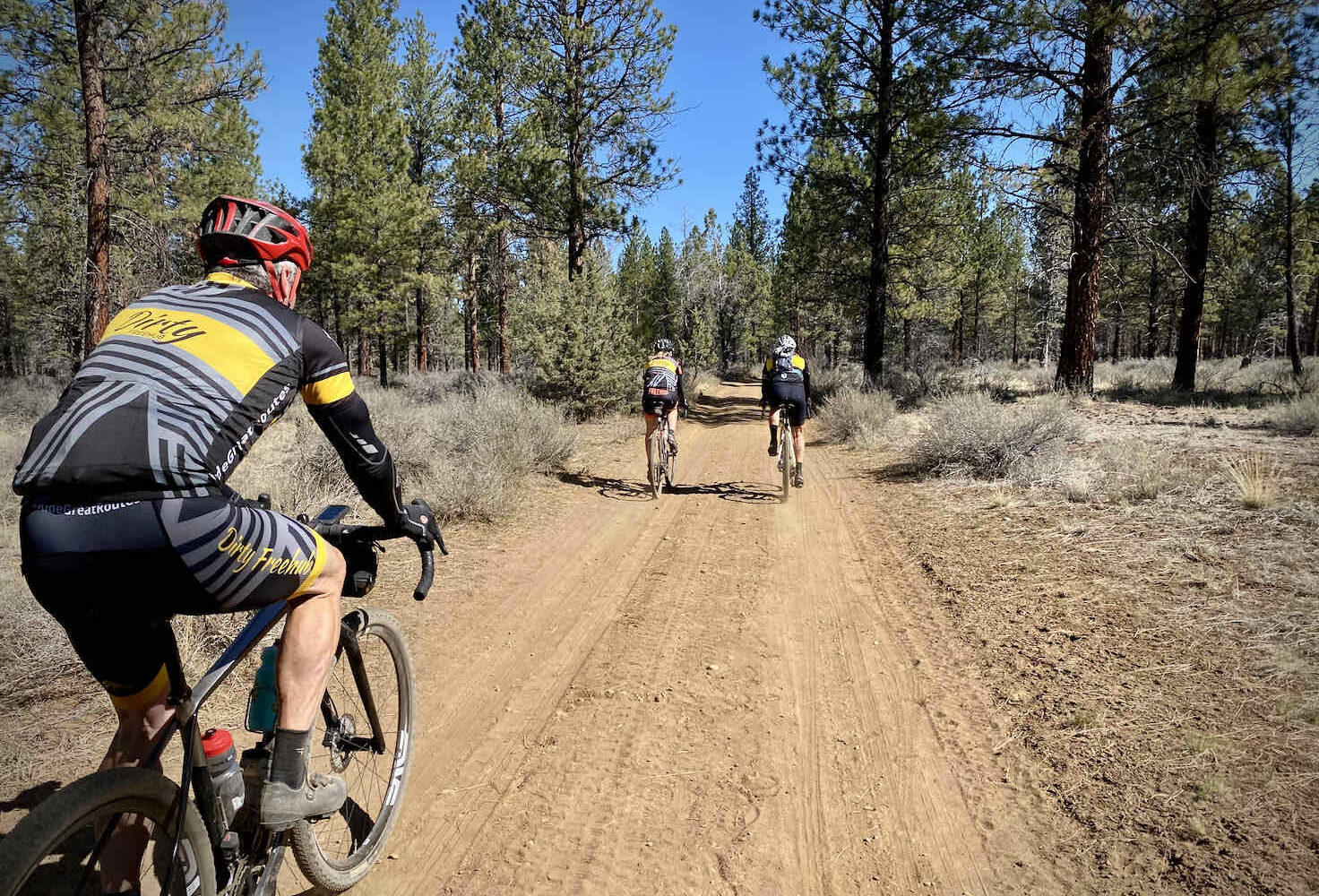




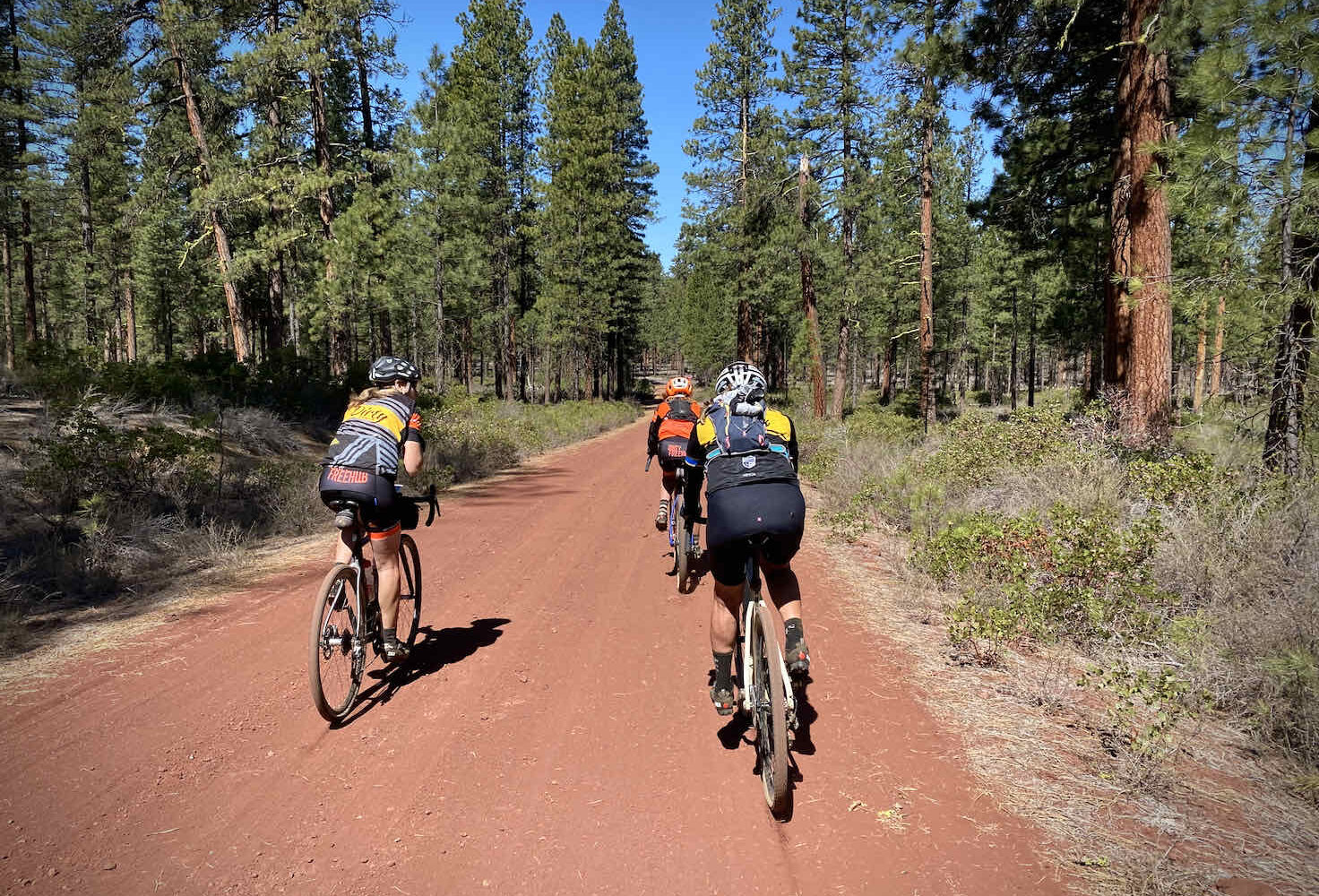





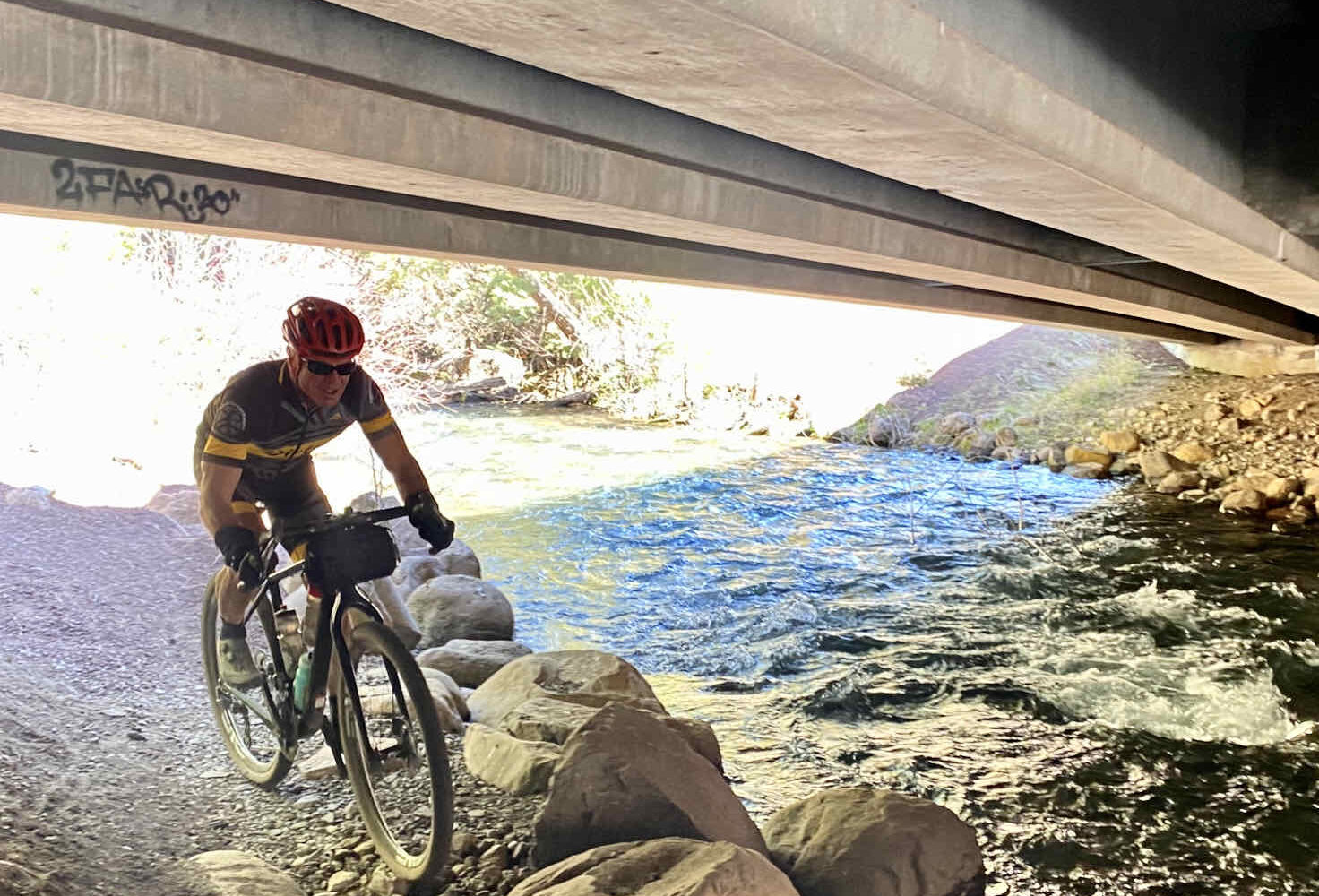


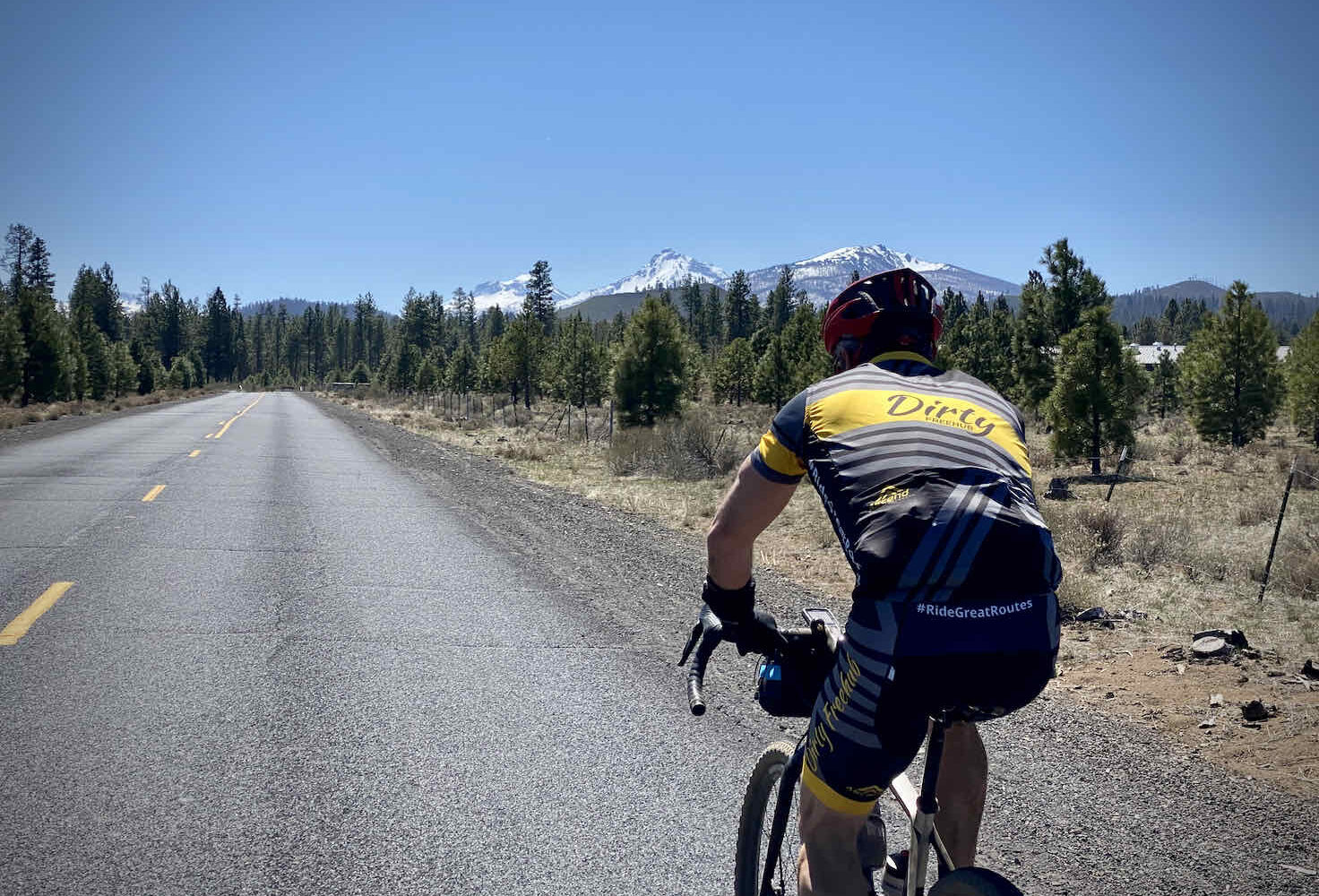

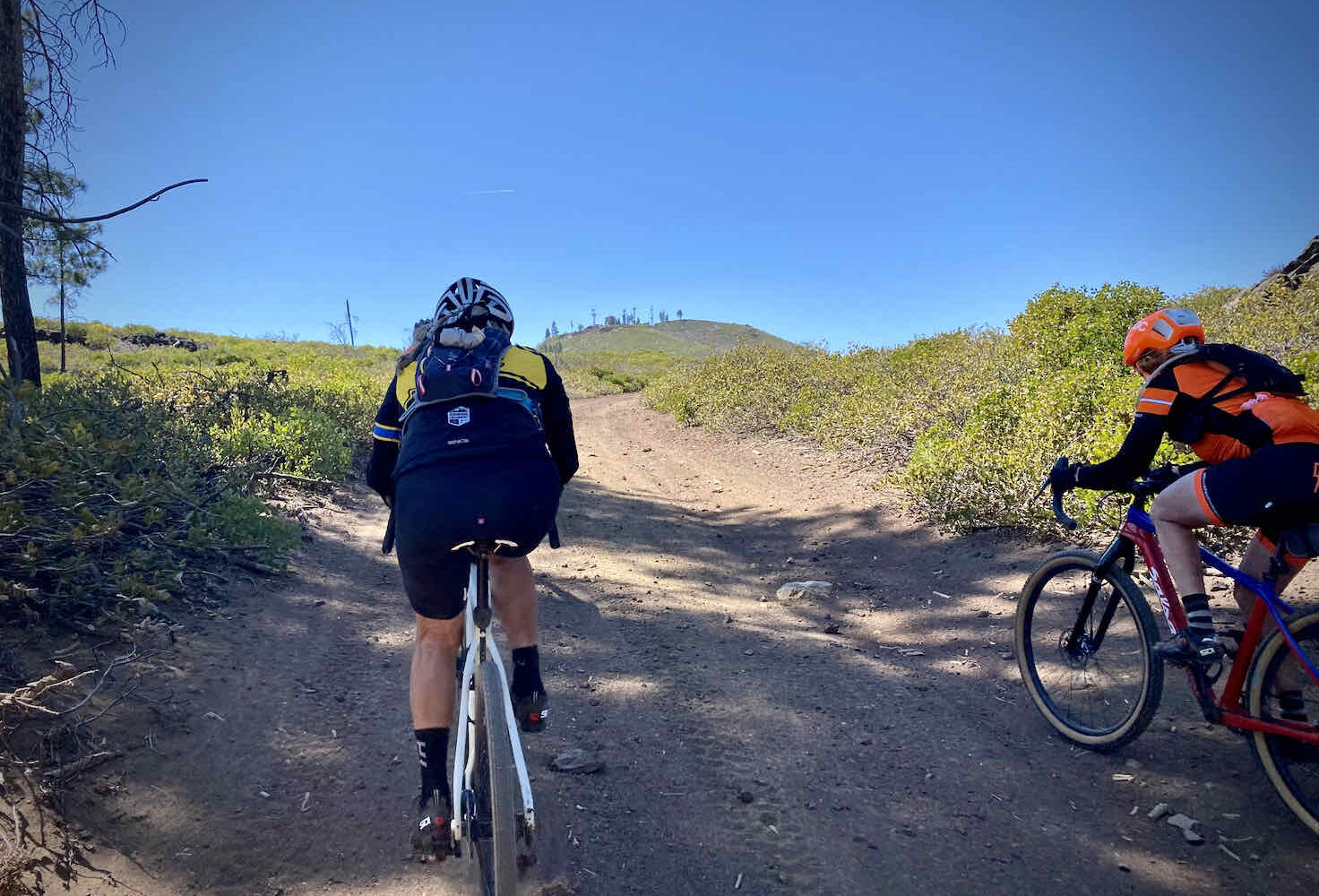

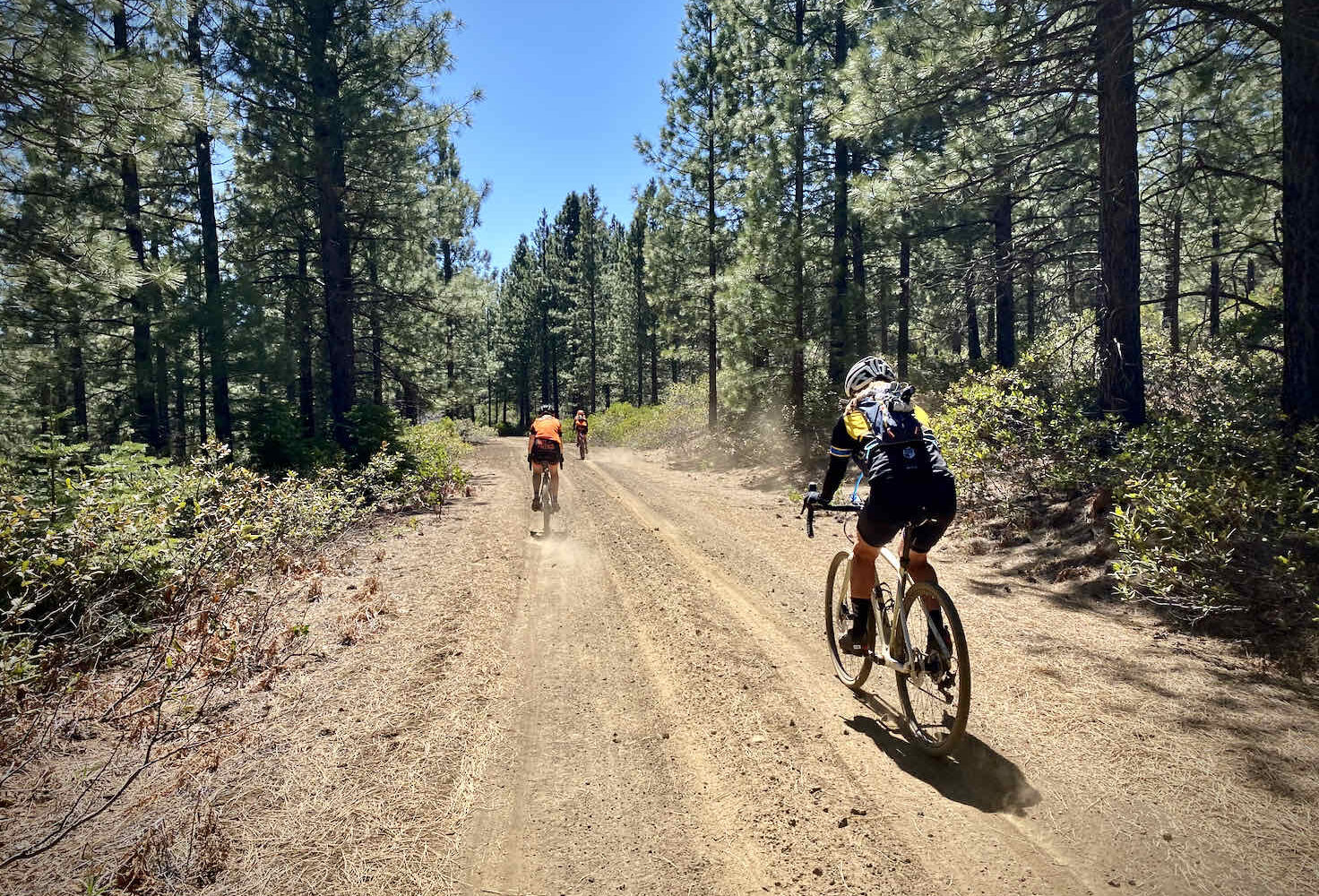
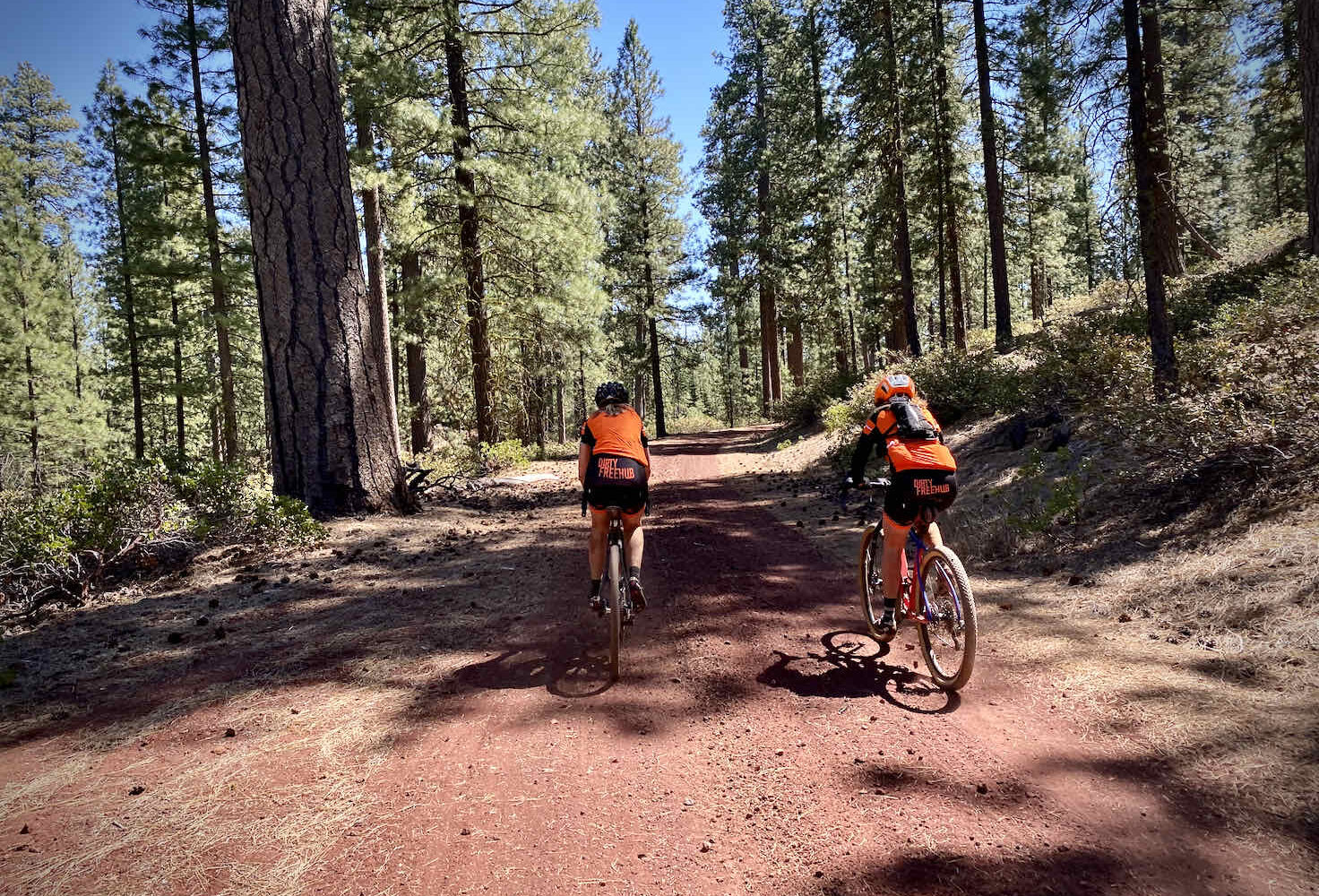






 Behind every route is scouting, mapping, storytelling, and a whole lot of pedal power.
Behind every route is scouting, mapping, storytelling, and a whole lot of pedal power.
Have you ridden this route? Got a question? Join the discussion!